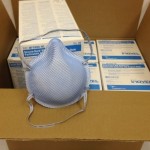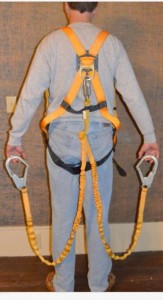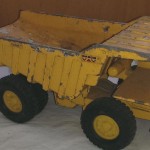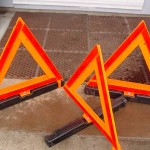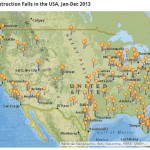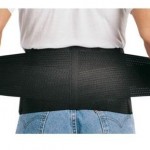The latest push from NIOSH is ridiculous, in a bad way. It’s titled, “Recognizing N95 Day” on September 5. I’ve written about these types of respirators before.
- NIOSH estimates 20 million workers exposed to airborne health risks
- N95 (s) are the most commonly used respirator
- NIOSH certifies all respirators. And, OSHA requires all respirators to be certified by NIOSH
- All certified respirators must have an “assigned protection factor”, which is a level of protection they are able to achieve
- N95 respirators are certified to provide a protection factor of “up to” 5 times the exposure limit
For the record, I am not disputing how NIOSH certifies respirators, or if these respirators can achieve a protection factor of 5 (5x the exposure limit). I will also add that in the healthcare setting (hospitals) these might have a useful role.
Here’s the problem:
- If you need a respirator, you would NOTÂ choose a N95. They are terrible fitting.
- To put it another way: if you had to work in an environment which had a dangerous airborne hazard, would you CHOOSE this respirator?
- Or another way: “There is a chance this N95 respirator might protect you, wear this just in case”. (?)
- If you have fit tested these types, you know they are hard to fit, and at best, mediocre in their protection. At times it is hard to fit test a tight fitting 1/2 face respirator on someone who is clean shaven.
- N95 respirators are handed out (like candy) at construction sites for any task which “may be hazardous”.
- Let’s be honest:
- these are “comfort” masks. AKA: Â peace of mind, not for protection.
- these are cheap. That is why most employers buy them.
- And, let’s mention:
- exposure levels can vary (have you measured the worst case scenario?)
- change out schedule? Do your workers wear the same respirators every day? Do they change them when they start getting hard to breathe?
- facial hair (no one who is on a jobsite has this, right?)
- there are knock-off N95 respirators which actually aren’t certified (they’re fake)
In this instance I wish NIOSH would spend money on training people to use the correct type of respirator. Or, how to adequately measure the hazards found at various sites.
As a quick review. If you need to wear a respirator, here are the proper steps.
